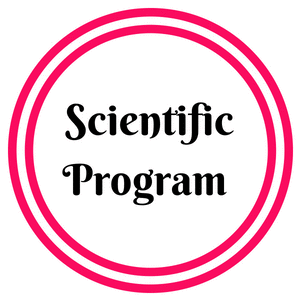Jonathan W Cooper
National Institute of Health (NIH), VRC, USA
Biography
Director, Analytical Development (AD), Vaccine Production Program (VPP), Vaccine Research Center (VRC/NIAID/NIH).
The goal of the Vaccine Production Program is to efficiently translate candidate research vaccines and monoclonal antibodies into materials for proof-of-concept clinical trials and to enable advanced development and licensure by partners. The VPP is responsible for process design and development, clinical good manufacturing practices (cGMP) manufacturing, pre-clinical safety testing, and regulatory activities for all VRC products.
Abstract
Western, Eastern, and Venezuelan equine encephalitis viruses, vector-borne alphaviruses of the Togaviridae family, are endogenous to equines of the Americas, but are also transmissible to humans by infected mosquitoes, causing frequent outbreaks and occasional epidemics. In humans, morbidity ranges from mild to severe with permanent neurological impairment, and mortality can be as high as 33%. Current approaches to vaccine development, VLPs are entities produced from host cells carrying recombinant DNA constructs in which the only viral genes resident are those essential to assemble a virus particle that faithfully mimics the native virus structure.
To assess WEVEE VLPs as potential vaccines in human clinical trials, the Vaccine Production Program has developed manufacture-amenable production, purification and formulation methods that generate a stable VLP drug substance. To evaluate the quality and quantity of VLPs throughout these processes, multiple analytical assays have been developed. This presentation details the development of a high throughput and high sensitivity purity determination method.
The assay can evaluate purified VLPs in a concentration range of 20 to 249 µg/mL for VEE and 20 to 250 µg/mL for WEE, EEE VLPs. Intra-analyst repeatability was determined to be <2% RSD, with inter-day repeatability RSD of <2%. Specificity of the assay was established with 70-90% recovery in final formulation buffer for VEE, EEE and WEE VLPs. Optimizing the dye conjugation step yielded increased VLP signal substantially, but also increased system peak signal modestly between 20-25 kDa, resulting in a 26-200 kDa assay range. Further this assay was used to characterize all three vaccines lot to lot variations during manufacturing.

